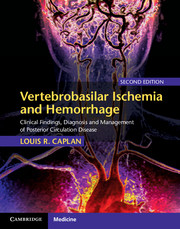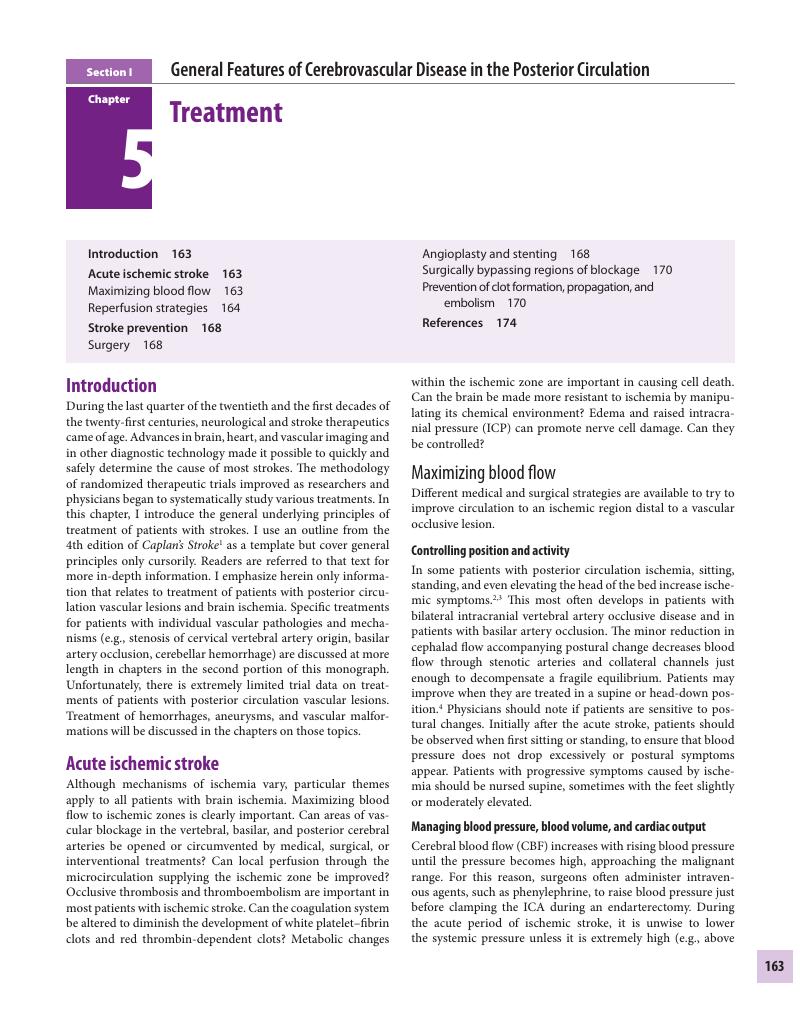 Vertebrobasilar Ischemia and Hemorrhage
Vertebrobasilar Ischemia and Hemorrhage Book contents
- Vertebrobasilar Ischemia and HemorrhageClinical Findings, Diagnosis, and Management of Posterior Circulation DiseaseSecond Edition
- Vertebrobasilar Ischemia and Hemorrhage
- Copyright page
- Contents
- Foreword to the first edition
- Preface
- Section I General Features of Cerebrovascular Disease in the Posterior Circulation
- 2 Basic anatomy and pathology
- 3 Signs and symptoms and their clinical localization
- 4 Diagnosis
- 5 Treatment
- Section II Posterior Circulation Ischemia: Specific Vascular Sites and Conditions
- 7 Intracranial vertebral arteries and the proximal intracranial territory
- 8 Basilar artery
- 9 Posterior cerebral arteries
- 10 Penetrating arteries
- 11 Cerebellar infarcts
- 12 Migraine
- 13 Venous and dural sinus thrombosis
- Section III Posterior Circulation Hemorrhage
- Index
- References
- Vertebrobasilar Ischemia and HemorrhageClinical Findings, Diagnosis, and Management of Posterior Circulation DiseaseSecond Edition
- Vertebrobasilar Ischemia and Hemorrhage
- Copyright page
- Contents
- Foreword to the first edition
- Preface
- Section I General Features of Cerebrovascular Disease in the Posterior Circulation
- 2 Basic anatomy and pathology
- 3 Signs and symptoms and their clinical localization
- 4 Diagnosis
- 5 Treatment
- Section II Posterior Circulation Ischemia: Specific Vascular Sites and Conditions
- 7 Intracranial vertebral arteries and the proximal intracranial territory
- 8 Basilar artery
- 9 Posterior cerebral arteries
- 10 Penetrating arteries
- 11 Cerebellar infarcts
- 12 Migraine
- 13 Venous and dural sinus thrombosis
- Section III Posterior Circulation Hemorrhage
- Index
- References
Summary

- Type
- Chapter
- Information
- Vertebrobasilar Ischemia and HemorrhageClinical Findings, Diagnosis and Management of Posterior Circulation Disease, pp. 163 - 178Publisher: Cambridge University PressPrint publication year: 2015


